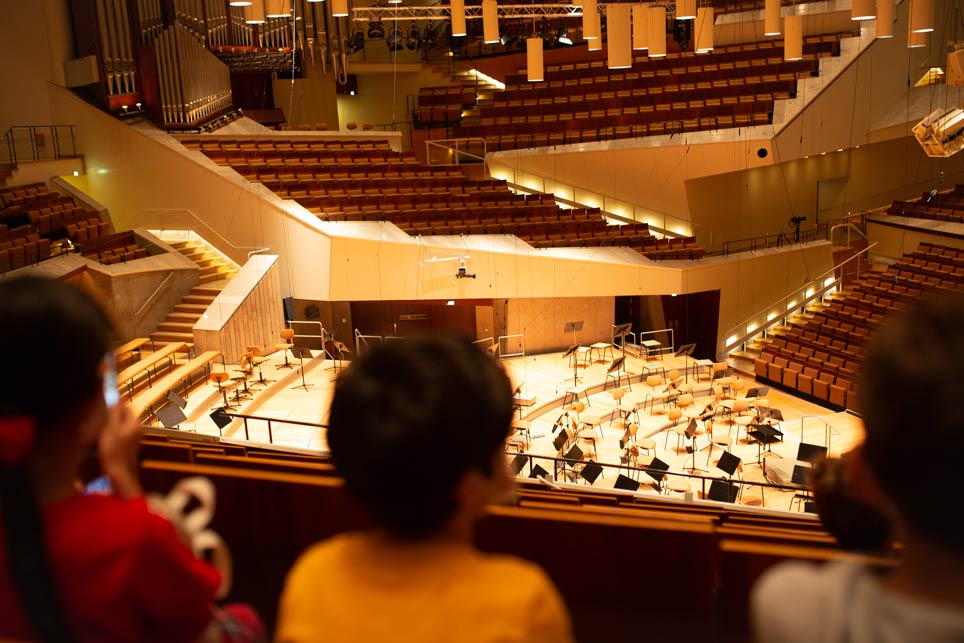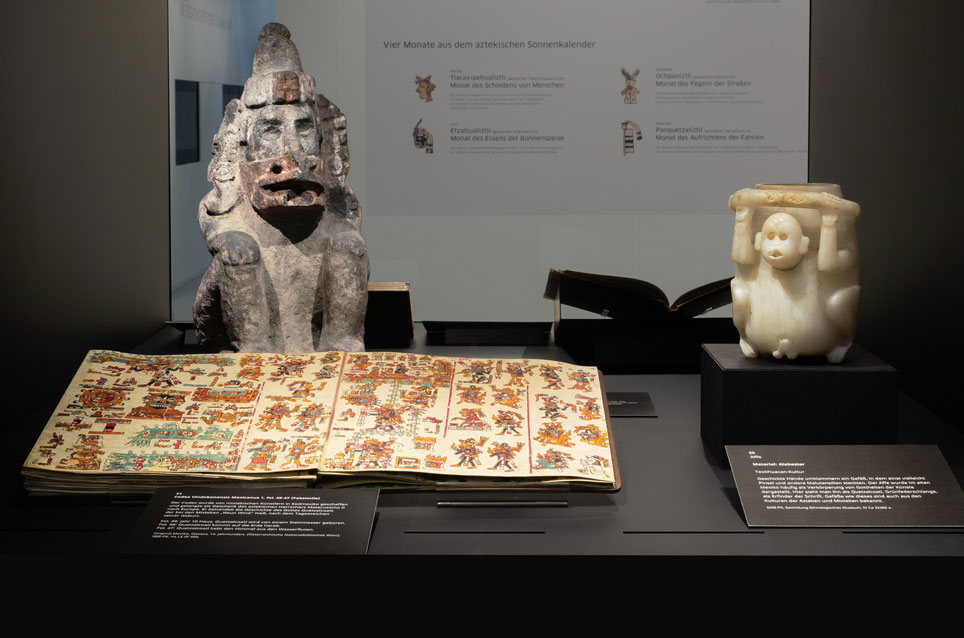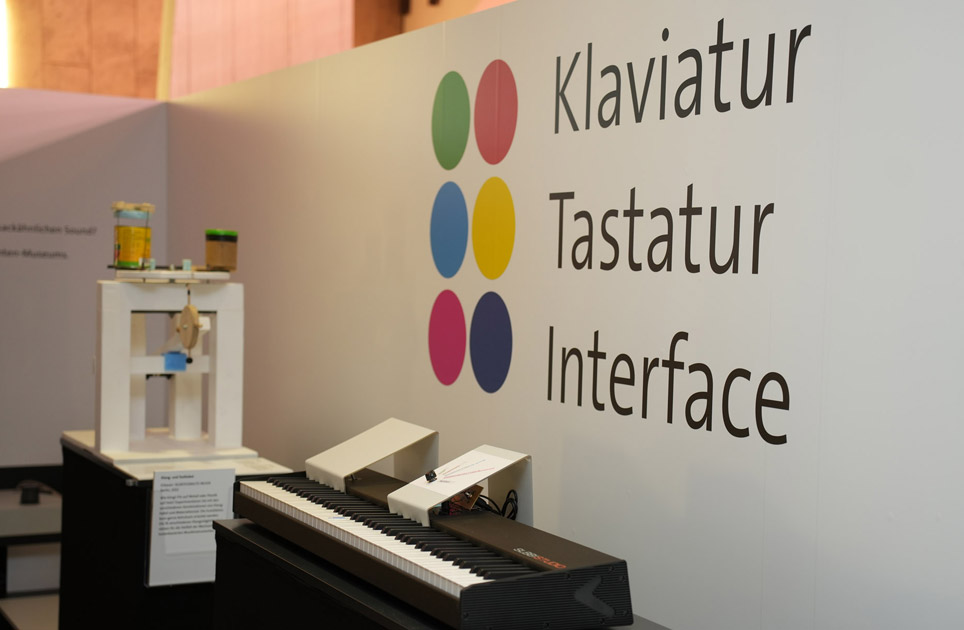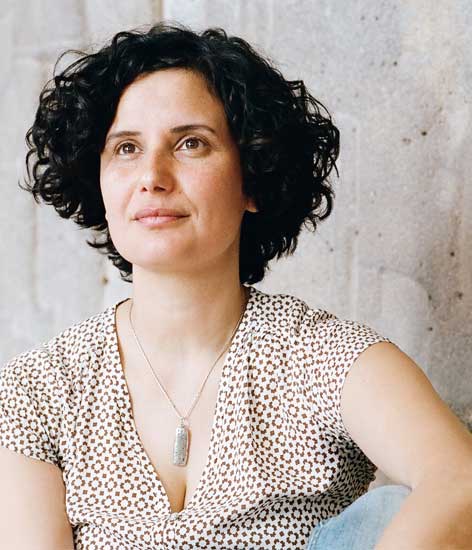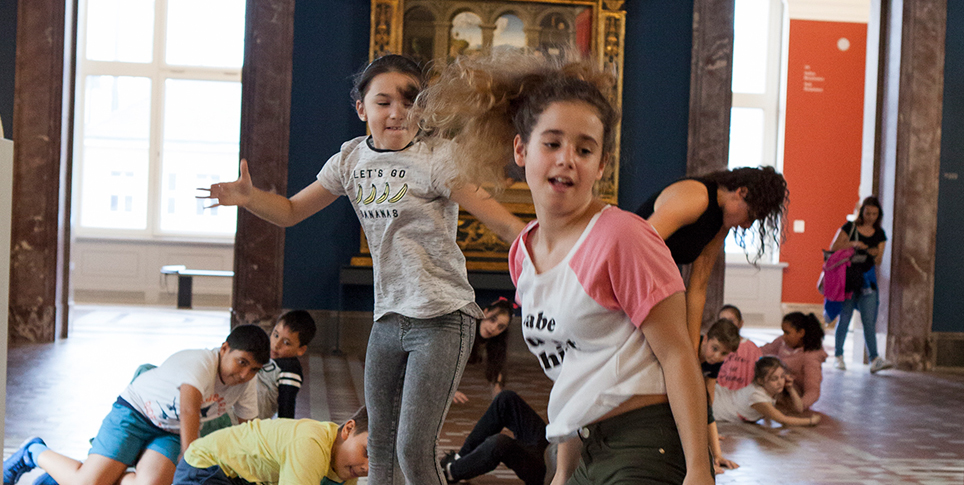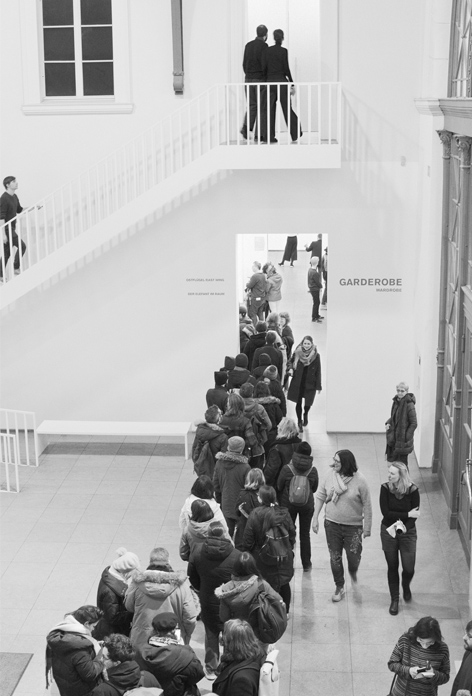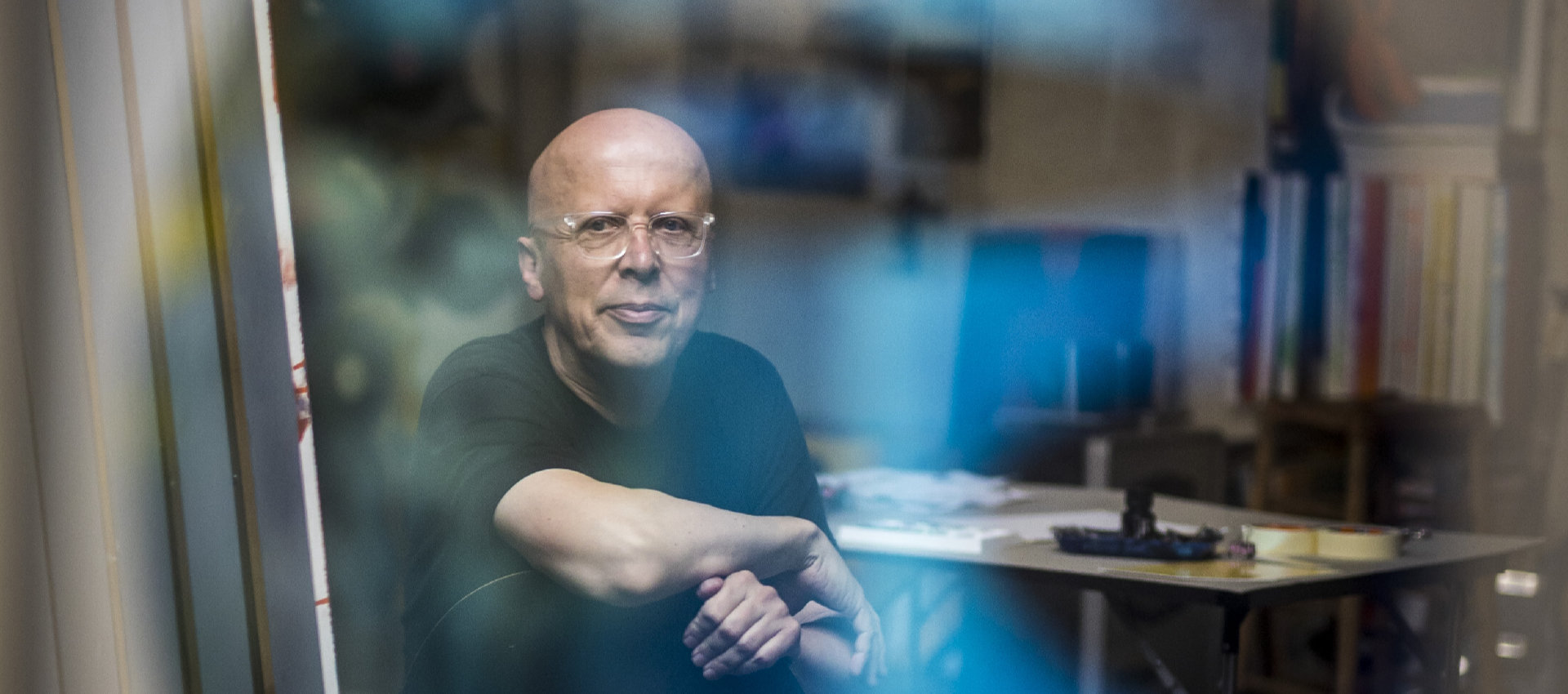How do you explain to children what an orchestra does? How do you give them a feeling for musical instruments from five centuries ago? And what does that have to do with ships and the sea? We join the first family tour of the Philharmonie Berlin and the Musikinstrumenten-Museum
It is a cold, gray Sunday in March, and several families have gathered in front of the Philharmonie for an acoustic journey through the Philharmonie Berlin and the Musikinstrumenten-Museum (Museum of Musical Instruments), which is part of the Staatliches Institut für Musikforschung (State Institute for Music Research). This first-ever family tour (with the motto "Full Sound Ahead!") is offered jointly by the education program of the Berlin Philharmonic and the education and outreach department of the Musikinstrumenten-Museum.

Grand Hall of the Philharmonie © Dora Csala
In we go, through the entrance on Potsdamer Strasse. Around fifteen children have come with their parents, aunts, and grandparents to get to know these two institutions at the Kulturforum, which have a lot in common both musically and architecturally. First of all, each child is welcomed and given a name tag.
The tour is designed to be interactive. Before we start, the children are asked which of them plays a musical instrument themselves – almost all of them put a hand up: the drums, the piano, the violin are mentioned; some of them even play several instruments.
The tour is structured around the maritime architectural elements of both buildings. From time to time, we stop to take a closer look: "Does anything here remind you of a ship?" asks the guide. In one place, it is the windows, which recall portholes, in another place it is the railings, styled like those of an ocean liner. The architect of the Philharmonie, Hans Scharoun, was born in Bremerhaven, one of Germany's biggest ports. He not only alluded to musical elements in its design, but used many maritime details as well. Scharoun's student Edgar Wisniewski later continued this approach in the design of the Musikinstrumenten-Museum.
Suddenly we hear the sound of waves breaking – up the staircase we go. The young man waiting for us at the top holds a scholarship at the Karajan Academy. He talks about his profession, demonstrates a variety of instruments, and tells us what it's like to play the drums in an orchestra. Our guide, Katrin Schindlbeck, conducts the conversation, but the children are always actively involved. Rattles and other instruments are handed out to children and adults alike from a large box and then, under the musician's guidance, we start to build up a rhythm.
On the way to the concert hall, our guide explains that Scharoun made every component of the building reminiscent of a ship; even the elevators and information panels are color-coded according to port (red) and starboard (green). After peeking into the Grand Hall, where a choir is rehearsing, we go back downstairs. Sitting in a circle on the floor, the children are asked to guess which instruments are usually played in an orchestra – no problem for this musically-minded group. To round off part one of the tour, we all sing a pirate shanty together.
And on to part two, in which the group enters the Musikinstrumenten-Museum of the Staatliches Institut für Musikforschung – not via the Kulturforum or the street, but along a hidden passageway. Our first hands-on stop is the water organ: using a combination of compressed air and water, it makes a sound like a ship's horn. The children try it out. Here, too, the similarities of the building to a ship are pointed out to us, including the same round "porthole" windows and railings as in the Philharmonie. “A ship loaded with treasure,” as Johanne Braun calls it. She is our guide for this part of the tour.
The first such treasure is the "sausage bassoon," which takes its striking name from the twisted tube inside. Then Braun plays her oboe, filling the small museum with music; the other visitors all stop and listen as well. After another hands-on activity for the children, we begin a tour of the historical instruments in the exhibition. There's a flute made of walrus tusk ivory, which belonged to King Frederick II of Prussia, who was a keen flautist, as well as the portable harpsichord that went with him on his travels. And then comes an Aeolian harp. What's special about this instrument is that its sound is created solely by the flow of air, without any human involvement – hence its other name of "wind harp." A recording has been made so that the children can hear what it sounds like, but there’s a technical fault – a visitor to the museum kindly plays it for them on his audio guide instead.
Throughout the tour, the architectural connection with ships is echoed by instruments that work by using water or wind, such as an organ with air pumped by bellows. The brilliant finale takes place in the Musikinstrumenten-Museum, featuring the largest cinema organ in Europe, the Mighty Wurlitzer. It pounds out the soundtrack of the Pirates of the Caribbean film series – quite in keeping with the motto of the tour, "Full sound ahead!"
At the end, each child is given a goodie bag with an activity booklet and – to the parents' undoubted delight – drumsticks to practice with at home.
The tour brings home the fact that the Philharmonie Berlin and the Musikinstrumenten-Museum have more in common than being close neighbors; it is also a delightful experience with surprising discoveries for young and old music-lovers alike.
Family tours: Full sound ahead!
You can find information about upcoming tours and book tickets for them on the Website of the Berliner Philharmoniker
